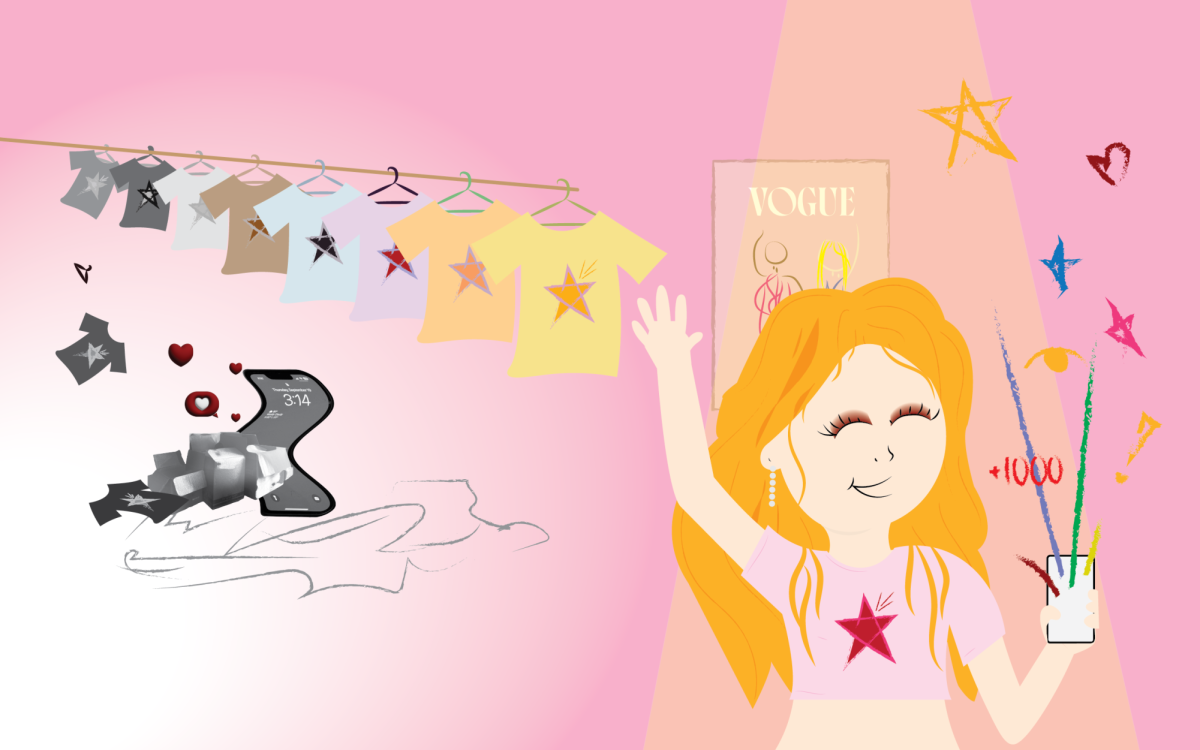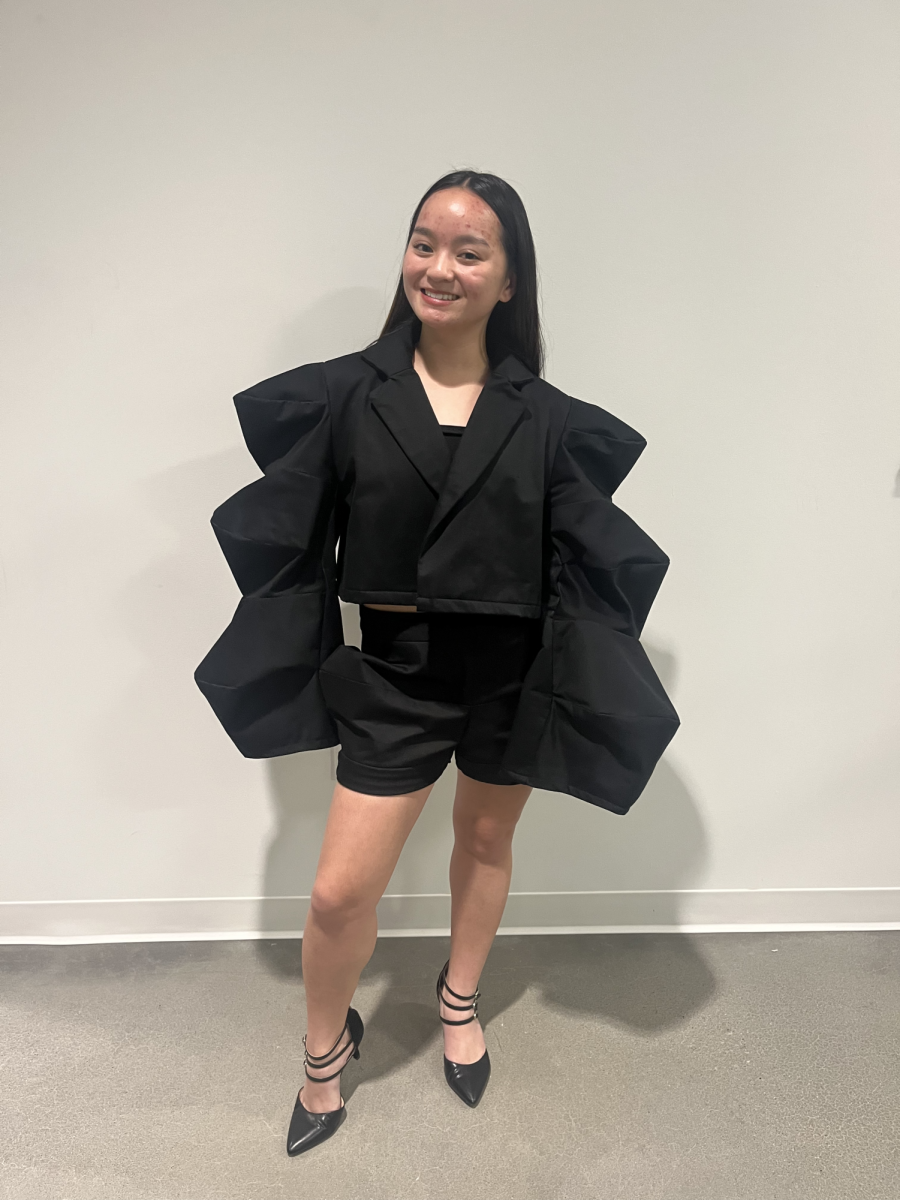Recently, during my doom-scrolling sessions between classes and work, I’ve noticed a surge in fashion Instagram reels flooding my feed. But these aren’t just any fashion trends—they’re tied to a significant shift in the retail landscape.
Amazon, a dominant force in various retail sectors, is now increasing promotion through social media influencers. Many of these influencers showcase Amazon’s apparel, leveraging the platform’s appeal of lower prices and rapid shipping. This trend highlights a broader move towards more accessible fashion and brings critical concerns regarding sustainability and environmental impact.
Influencer partnerships
Instagram Influencers have been partnering with Amazon to promote their latest clothing lines through “try-on hauls.” These reels not only display how the clothing looks on the influencers, but also provide ideas on where and how to wear the items, and comment on their comfort.
Consumers, drawn by the immediacy of this content, are quick to search for these clothing items on Amazon. The allure of affordability and convenience, coupled with influencer endorsements, drives this behavior.
However, this ease of access and rapid consumption can have negative repercussions. The combination of low prices, fast shipping and influencer marketing can exacerbate the issues associated with fast fashion.
What is fast fashion?
Fast fashion is often viewed as inexpensive, quickly-made clothing designed to keep up with the latest trends and sold at very low prices.
According to Ethical Consumer Research Association, “Although the monetary cost is low, textile workers and the environment are paying a high price. Fast fashion is cheap because workers are not paid adequately. Clothes are poorly made, widely purchased, rarely worn and quickly thrown away.”
Trends change quickly, so these companies encourage their audience to spend more on clothes they use for a shorter time for “the current trend,” leading to repeat purchases. That is how they make most of their money.
Economic Appeal vs. Ethical Concerns
Even though Amazon sells luxury brands on its website, it also markets much of their clothing as “affordable” versions of higher-end brands to attract budget-conscious shoppers.
Some of these dupes are from brands like Lululemon, Free People, Birkenstock, Skims and more.
But, the environmental cost associated with rapid production and disposal cycles is skyrocketing.
According to EarthDay, “Each year over 200 million trees are cut down to be transformed into textiles for clothing, and most concerning fast fashion production.”
Even more concerning is the rising demand for wood pulp, which is expected to increase production by 15 million tons by 2035 compared to 2018 levels. This surge is likely to result in the loss of millions of trees and the ecosystems they support.
Not only this, wildlife populations have declined nearly 69% in the past 48 years due to the decreasing level of trees that make up most of their population habitats.
If we continue to use fast fashion and companies that promote these trends our environment will continue to decline and animal extinctions will increase.
Harm to small businesses
Fast fashion in companies like Amazon don’t just harm the environment, but also small businesses and their likelihood to succeed.
From a research study by Harvard Business School, a variety of analysts and industry observers found when Amazon started its bigger corporation growth, it affected many smaller businesses.
According to the study, “In 2018, Amazon became the largest retailer of apparel in the United States and the second largest in the world, behind Alibaba. However, many traditional fashion retailers, struggling to build effective multi-channel strategies, were facing slow growth and pressure on margins.”
If these bigger organizations take over fashion retailers using less sustainable products, smaller companies who spend more time on their work and use sustainable alternatives will become buried in the wave of the fast fashion frenzy.
We need to support smaller businesses, even if they seem to be higher in price and may take a bit longer to drive to their shop than for your package to get to your front porch.
As our society becomes increasingly entangled in these consumer trends, it’s crucial to consider the broader impacts of our purchasing choices and the role of platforms like Amazon in shaping them.
Support Student Media
Hi! I’m Kayla Friedman, A Magazine’s editor-in-chief. My staff and I are committed to bringing you the most important and entertaining news from the realms of fashion, beauty and culture. We are full-time students and hard-working journalists. While we get support from the student media fee and earned revenue such as advertising, both of those continue to decline. Your generous gift of any amount will help enhance our student experience as we grow into working professionals. Please go here to donate to A Magazine.


















